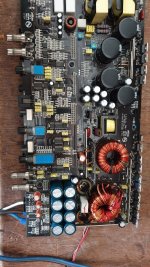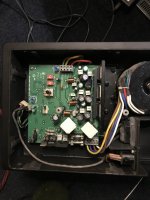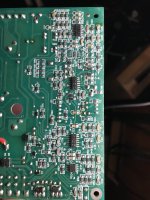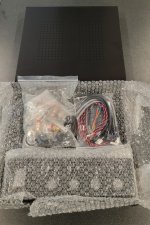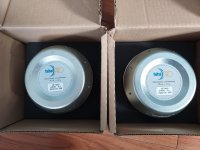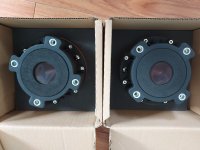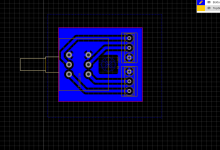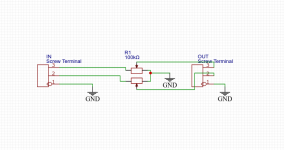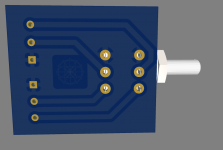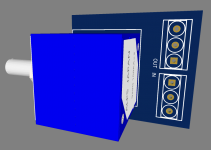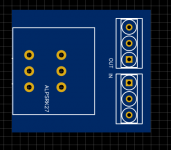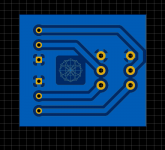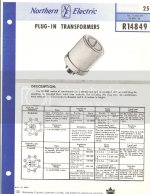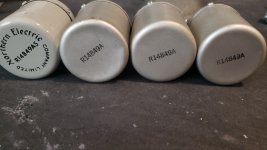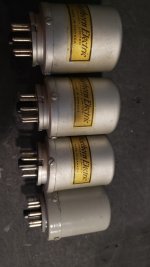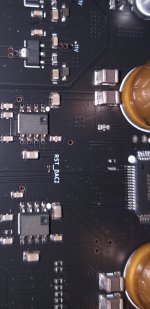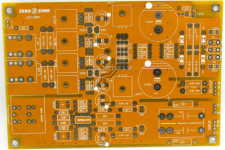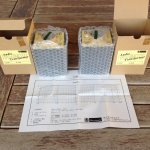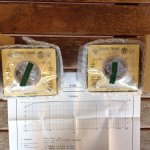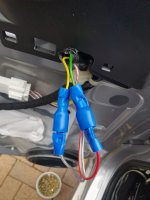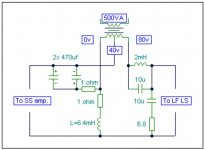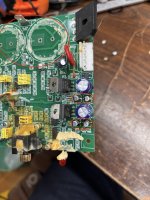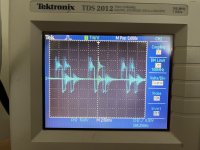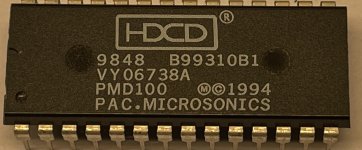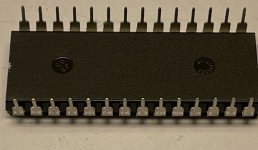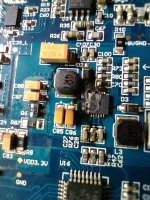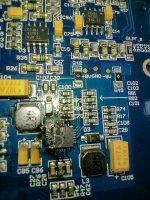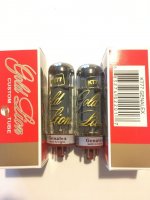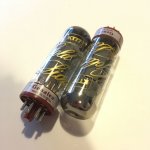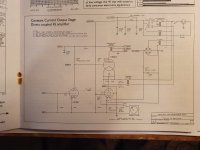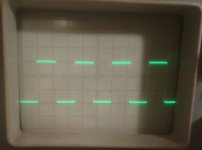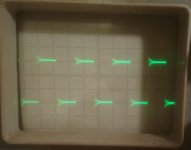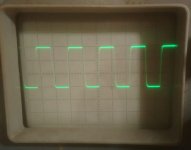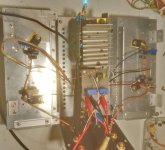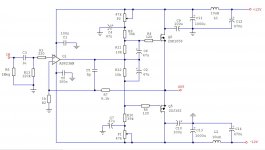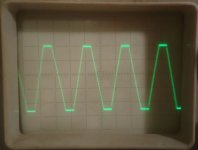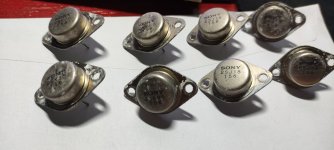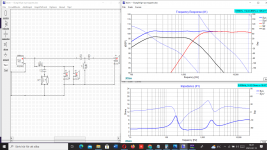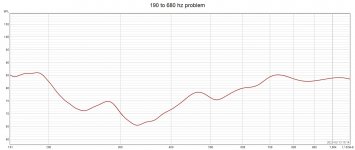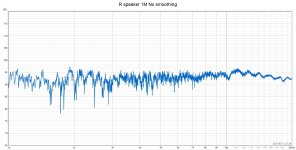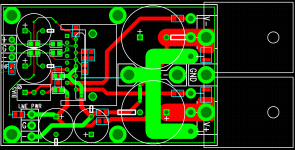I had a bit of a look online and there were some previous attempts that I came across, but nothing solid. I am looking for something a bit different too. Is anyone aware of a means of making a DIY setup? A setup or parts of something like this may be of interest to others? For me, it's about family fun. The three and soon to be four of us
🙂 love jamming along to old songs with instruments and mics, and we want to try making our own versions in reggae and recording the instrumentals for karaoke. More live type things than the regular production style use of these gear
Scenario is:
DAW
https://www.akaipro.com/akai-fire
https://www.akaipro.com/mpk-mini-mk3
PC FL Studio with Akai FIRE plus Akai MPK Mini Mk3 for complete FL Studio control side by side. The FIRE for sequencer, transport and menu with the way that matches the FL screen with its pads and four encoders and the Mini for the way that matches the individual VST keys and controls with its keys, eight playing pads and eight encoders. Both have been criticised for being short on controls, but for my use they come together very well on the desk. I have the FIRE already, but yet to order the Mini. It also comes with a FL license and FL Mobile as VST plugin. Pretty much a comprehensive FL home studio setup that can also sync a portable setup, which is next
VST instrument
https://www.akaipro.com/mpk-mini-play
iPad 9 gen with FL Mobile and Akai MPK Mini Play Mk3 as controller. We have this already and is the new student level studio that I just set up for my daughter as well as a sister and her little son in Fiji. My daughter is looking forward to being the teacher
😀. Can her digital iOS Instrument feed into the DAW over USB MIDI?
Plus
Bass guitar, flute, vintage keyboard and three mics
This is all standard stuff and can be done with something like this from Ali or a brand name one from the music shop
https://www.aliexpress.com/item/1005005062825028.html?spm=a2g0o.cart.0.0.570638daNdzeH5&mp=1
The difficulty is with how we use it. We already have tube based pres for our bass and mics, as well as tube based headphone amps. There are duplicate functions in the pre stages of a regular interface and our pres too
Aims
Bass player - a mono audio line into DAW for bass and one for his mic. MIDI foot control of live effects for the snare on the sequencer pads. MIDI foot control of a VST synth arp in the DAW. MIDI foot control of the effects for other channels. A personal headphone channel from the DAW
Flute player - a mic line for her into the DAW and a stereo line for her vintage keyboard. A personal headphone channel from the DAW
iOS synth player - a mic line for her into the DAW. A personal headphone channel from the DAW
To save some money and to avoid duplicating all the pre stages, I am inclined to try a high quality external HT sound card that has three pairs of audio out RCAs to feed the three headphone amps. Use the analog out on the PC internal sound card for the master monitor and the analog input pair for each mic. An ADC for the vintage keyboard on the optical in of the internal sound card
This leaves one mic short, but maybe a USB mic can be used here?
I have been able to previously use asio4all to run headphone outs and monitor and master outs on a PC with virtual DJ before, so FL should be more configurable
I need a plan for the foot controls. That's echo and delay effects for the snare, effects and control of an arp, effects for the other channels. Maybe four rows of expression controls on a custom board? I am thinking that a rocker style foot control will allow the amount dialled to stay there like a knob. Rotary encoders on their sides, for delay, echo and levels, plus foot buttons for arp switching?
I look forward to hearing thoughts on the audio routing and MIDI setup
